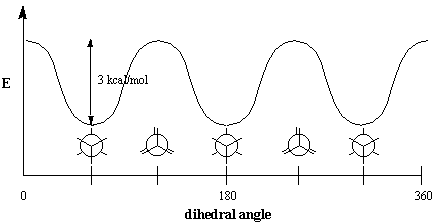11th And 12th > Chemistry
HYDROCARBONS MCQs
:
B
X is CH3−C≡C−Na+
Y is CH3−C≡C−CH2−CH3
The first step removes the terminal hydrogen from the given substrate (reactant on the left). Such a removable hydrogen is called an acidic hydrogen. In the next step, the nucleophile - which is rich in electrons - attacks the C−Br bond of ethyl bromide. Because of the difference in electronegativity between carbon and bromine, this C−Br bond is polar - meaning, the bonding electrons are closer to the more electronegative bromine. This gives rise to the possibility of the carbon of the C−Br bond having a slight deficit of electrons; let's just say that this carbon misses electrons and that is where the electron-rich terminal carbon of CH3−C≡C− comes in. Hence, the reaction.
:
C
A solid-state lithium/iodine battery has been formed by directly contacting metallic lithium with iodine-doped polyacetylene
:
A
sp hybridized carbon hydrogen is more acidic as it is more electronegative.
:
B
1,2 - methyl shift takes place in isobutyl carbonium ion
:
D
You should be able to see that the 3 benzene rings at the bottom form an anthracene.
And using the lowest locant rule, we can assign 1, 2 to the 2 carbons where benzene is attached.
So, the name would be 1,2-benzanthracene
:
A
OH group activates benezene ring more than - CH3 group

:
A
addition of water followed by tautomerism
:
A
A does not undergo any change. There is no strong reason to support KMnO4 attacks a tertiary alkane to give an alcohol
B forms a tertiary alkane through isomerisation
C forms a benzene ring through aromatization reaction





















